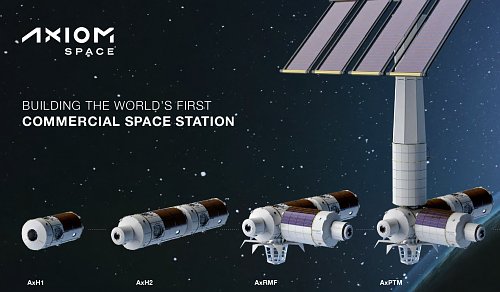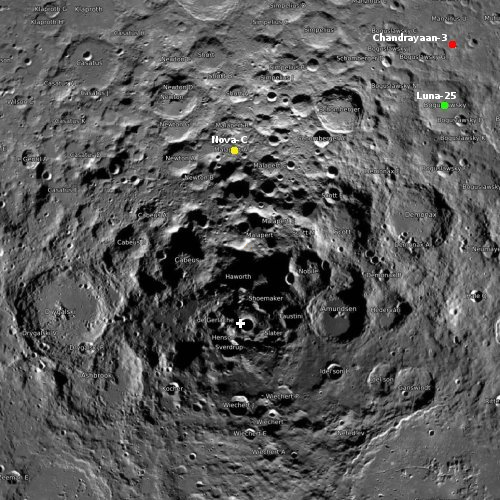Space Force awards multi-satellite contracts to Lockheed Martin and Northrop Grumman
Capitalism in space: In what is a landmark deal indicating the complete shift by the military from building its own satellites to letting private enterprise do it, the Space Development Agency (SDA) of the Space Force yesterday announced it has awarded Lockeheed Martin and Northrop Grumman each a contract to build and operate 36 satellites.
The 72 satellites will make up a portion of SDA’s network known as Tranche 2 Transport Layer. SDA is building a large constellation called the proliferated warfighter space architecture that includes a Transport Layer of interconnected communications satellites and a Tracking Layer of missile-detection and warning sensor satellites. Northrop Grumman’s contract for 36 satellites is worth approximately $733 million. The agreement with Lockheed Martin, also for 36 satellites, is worth $816 million, SDA said.
What makes this contract different than previous military satellite contracts is that the military will do relatively little design. It has released the basic specifications, and is asking private enterprise to do the work for it. It is a customer, not a builder. When the military attempted its own design and construction, the job would take sometimes a decade or more, cost many billions (with cost overruns), and often failed. This new constellation is targeting a 2026 launch, only two years from now.
The constellation will also be more robust than the gold-plated giant satellites the military would build previously. Rather than rely on a single do-it-all satellite which is easy to take out, the constellation has many satellites, and can easily compensate if one or even a few are damaged or destroyed.
This shift was one of the fundamental reasons the military wanted to create a separate Space Force. As part of the Air Force the office politics within that branch of the military had been impossible to make this shift. Too many managers in the Air Force liked building big gold-plated satellites. Once the Space Force took over those managers were taken out of the equation.
Capitalism in space: In what is a landmark deal indicating the complete shift by the military from building its own satellites to letting private enterprise do it, the Space Development Agency (SDA) of the Space Force yesterday announced it has awarded Lockeheed Martin and Northrop Grumman each a contract to build and operate 36 satellites.
The 72 satellites will make up a portion of SDA’s network known as Tranche 2 Transport Layer. SDA is building a large constellation called the proliferated warfighter space architecture that includes a Transport Layer of interconnected communications satellites and a Tracking Layer of missile-detection and warning sensor satellites. Northrop Grumman’s contract for 36 satellites is worth approximately $733 million. The agreement with Lockheed Martin, also for 36 satellites, is worth $816 million, SDA said.
What makes this contract different than previous military satellite contracts is that the military will do relatively little design. It has released the basic specifications, and is asking private enterprise to do the work for it. It is a customer, not a builder. When the military attempted its own design and construction, the job would take sometimes a decade or more, cost many billions (with cost overruns), and often failed. This new constellation is targeting a 2026 launch, only two years from now.
The constellation will also be more robust than the gold-plated giant satellites the military would build previously. Rather than rely on a single do-it-all satellite which is easy to take out, the constellation has many satellites, and can easily compensate if one or even a few are damaged or destroyed.
This shift was one of the fundamental reasons the military wanted to create a separate Space Force. As part of the Air Force the office politics within that branch of the military had been impossible to make this shift. Too many managers in the Air Force liked building big gold-plated satellites. Once the Space Force took over those managers were taken out of the equation.



